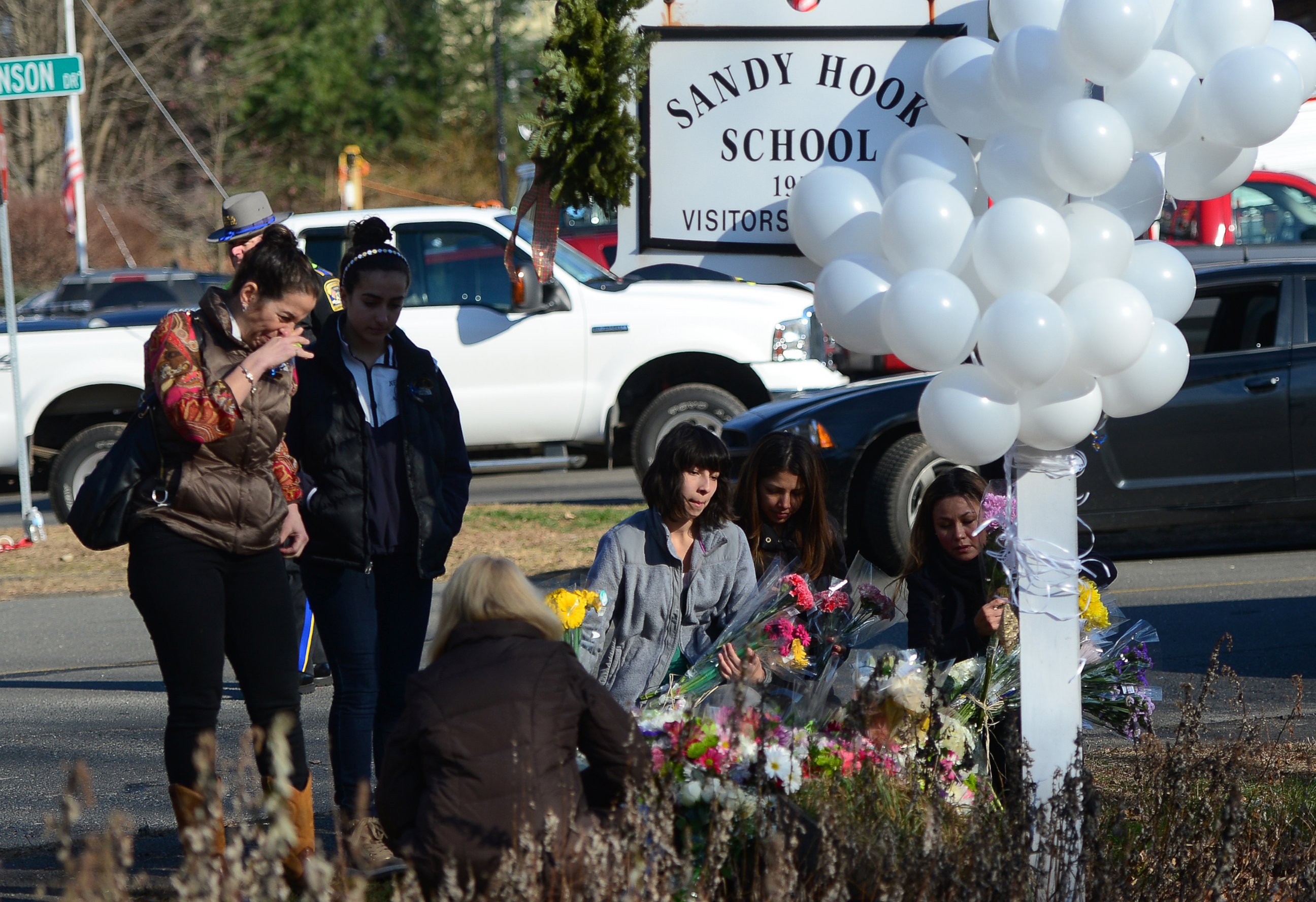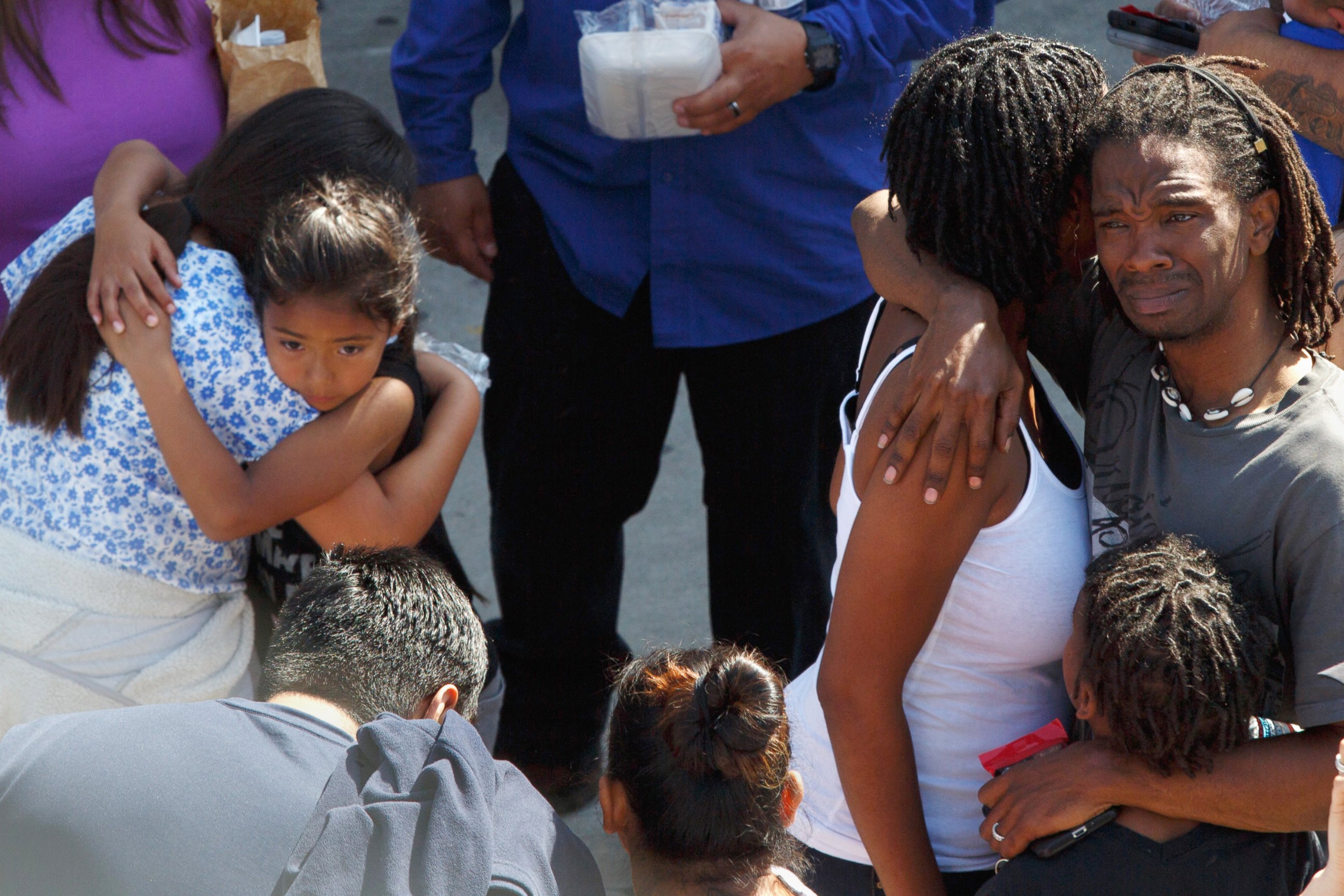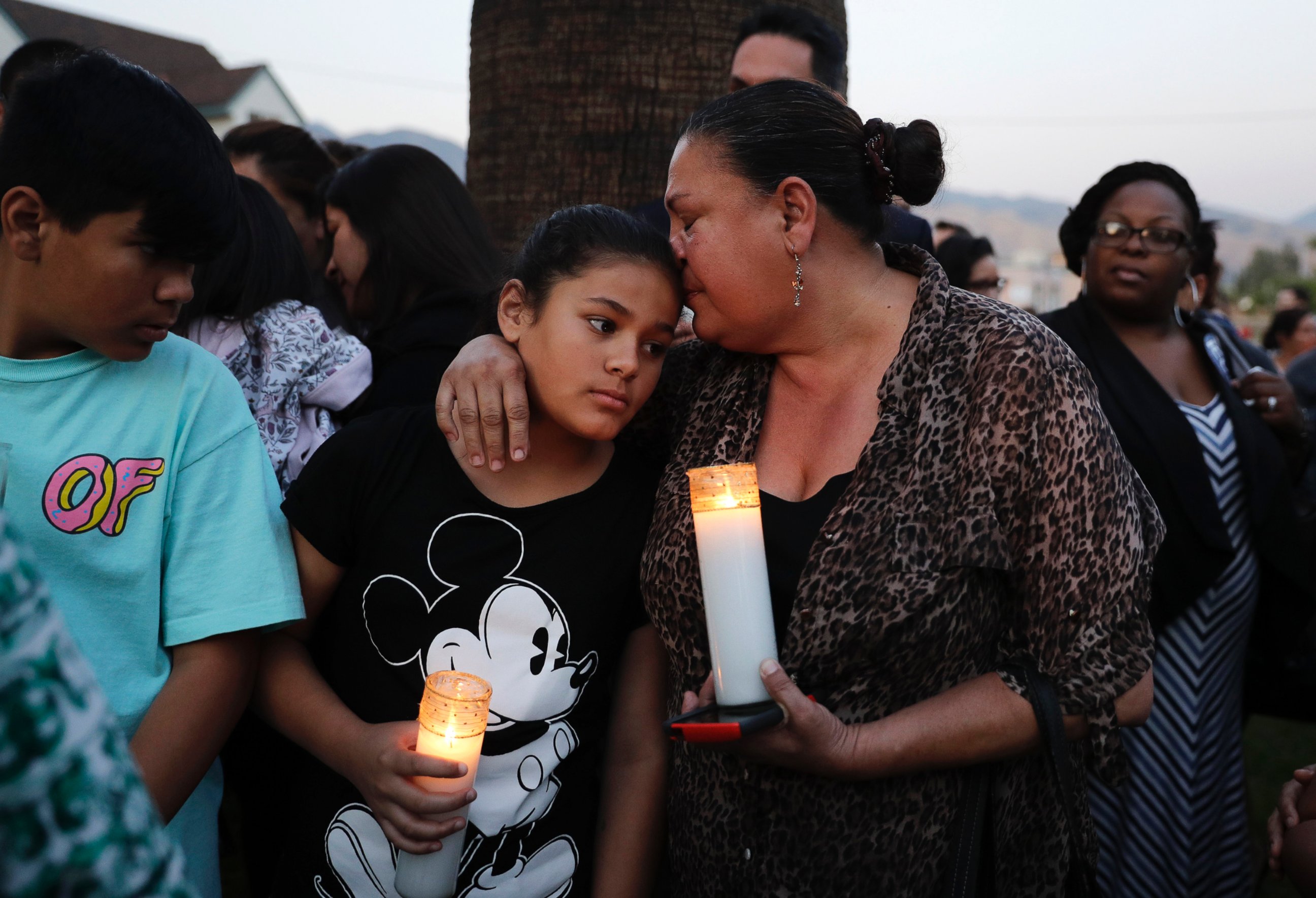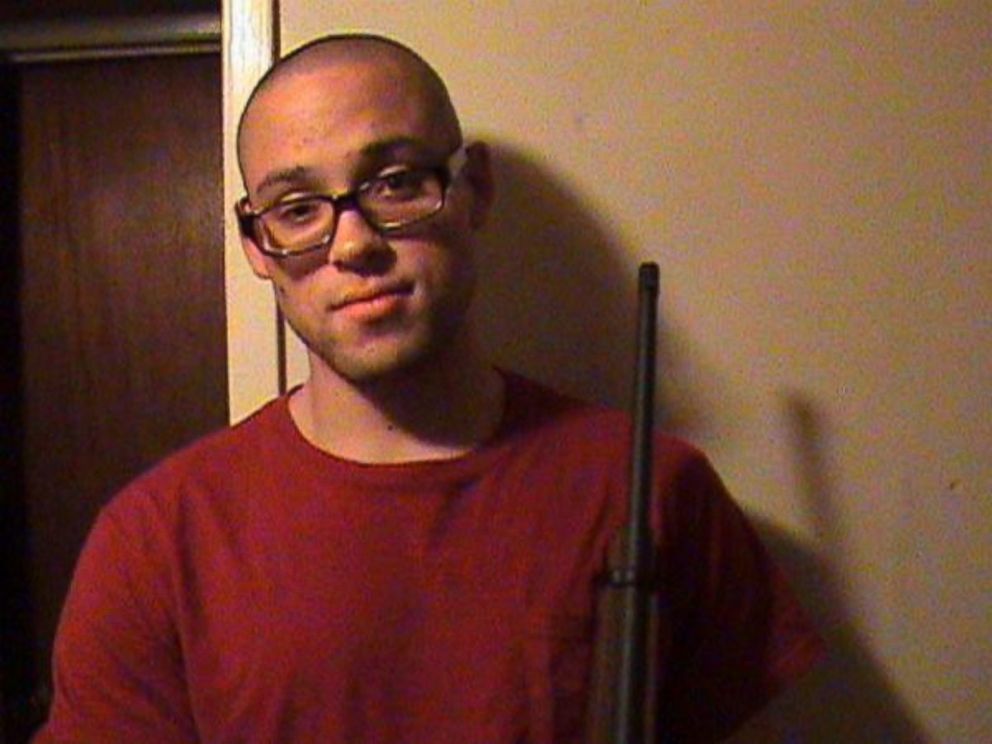A gun is discharged in a US school about once a week: advocacy group analysis
Since 2013, the group has counted about 220 gun incidents in schools, colleges.
— -- The gun violence at a California elementary school last week is hardly uncommon in the U.S., which has seen an estimated 220 shootings -- including suicides and accidents -- in schools and colleges since the start of 2013, according to Everytown for Gun Safety, a nonprofit that advocates for gun control and against gun violence.
The advocacy organization began tracking shootings in schools, including colleges and universities, after the December 2012 massacre at a Newtown, Connecticut, elementary school that killed 26.
The group's analysis doesn't go back far enough to include the deadliest school shooting in history, which occurred 10 years ago today, on April 16, 2007, when Virginia Tech student Seung-Hui Cho killed 32 students and faculty.
But Everytown's figures, unlike some other tallies of gun violence, include shootings even if they are accidental or don't result in any injuries or fatalities.
The list tracks “any time a firearm discharges a live round inside a school building or on a school campus or grounds,” which could include suicides, accidental discharges, and criminal activity, such as gunfire related to an armed robbery, according to the website of Everytown, which is backed by billionaire and former New York City Mayor Michael Bloomberg.
This broad definition of school shootings has led to some criticism from gun rights advocates who argue that the Everytown's statistics present gun violence in schools as more common than it is.
But Everytown says on its website that its definition of school firearms incidents is “straightforward, fair, and comprehensive." It covers "any time a firearm discharges a live round inside a school building or on a school campus or grounds, as documented by the press and, when necessary, confirmed through further inquiries with law enforcement of school officials."
Politifact analyzed Everytown's figures in 2014 in response to the criticism and found that the group is open about its methodology and its broad definition of shootings in schools.
Politifact's conclusion? By grouping mass shootings in schools with suicides or accidental shootings, Everytown could confuse people about the number of shootings that deliberately target students and staff. But it said the organization's figures have value in quantifying the proximity of guns to school campuses.
Here’s a timeline of recent gun discharges and shootings in United States, based on Everytown’s findings and with the addition of the 2012 elementary school shooting in Newtown, Connecticut.

Sandy Hook: December 2012
At Connecticut’s Sandy Hook Elementary School, 20-year-old Adam Lanza, who suffered from diagnosed social and behavioral problems and who was the son of a gun enthusiast, killed 20 1st-graders and six adults, including his mother.
In the aftermath, President Obama signed 23 executive actions in January 2013 related to gun control, but two major pieces of federal gun legislation in the wake of the shooting both failed to pass the Senate.

2013
Everytown lists 37 firing incidents at U.S. schools in 2013.
One occurred in October of 2013 when a 12-year-old boy opened fire at Sparks Middle School in Sparks, Nevada, killing a teacher, injuring two students and then killing himself, according to authorities and a news release from the Sparks Police Department.
Authorities said afterward that the shooter had held an interest in the Columbine High School shooting in Colorado in 1999.
In the months before the attack, the boy looked up the video game “Super Columbine Massacre RPG” and researched videos, websites, articles and images related to Columbine, according to police. In addition, authorities found pictures of the Columbine shooters on the boy’s cellphone, police said. The boy had been teased at school and exhibited signs of depression, according to police records.
2014
Gun incidents rose in 2014, according to Everytown's research, jumping to 58.
Paine College, a historically black liberal arts school in Augusta, Georgia, was the site of two shootings in as many days, on May 4 and May 5, the second of which was a drive-by shooting.
In the first shooting, JaJuan L. Baker, the victim, was shot in the head after a confrontation that took place on the third floor of a school administrative office. She survived, according to the Augusta Chronicle.
A 21-year-old man, Xavier D. Cooper, was ultimately found guilty in the shooting and received the maximum possible sentence – 35 years in prison – for aggravated assault, possession of a firearm during the commission of a crime and carrying a weapon on school property for the first shooting, the Chronicle reported.
The second gun incident was a drive-by shooting.

2015
Gunfire incidents rose again in 2015, to 65, according to Everytown.
On Oct. 9, Chris Harper-Mercer killed nine people at Umpqua Community College in Oregon. He had six guns with him at the school and seven additional guns at his home, according to officials.
The New York Times reported that Harper Mercer had an awkward exchange with a teacher a week prior to the shooting, who was among those killed.
Police engaged Harper-Mercer in a brief shootout, and wounded him, according to police.
After that, he committed suicide by shooting himself in the head, police said.
2016
Everytown lists fewer shootings in 2016 – 48.
One example is a shooting that took place July 25 of last year in Ava, Missouri. Everytown for Gun Safety lists a description of it as follows:
"Two 18-year-old boys who recently graduated from high school together met in the school parking lot to fight in a dispute about a girl," the group writes. "One of the boys, Paul Porter, pulled out a handgun and shot the other, Payton Esterline, in the chest, and then shot and killed himself. Esterline was taken to a local hospital and placed in intensive care. Ava Police announced they were investigating the incident, and did not immediately announce how Porter acquired the handgun."
ABC Springfield, Missouri, affiliate KSPR-TV reported at the time that Paul Porter suffered from depression, and that friends witnessed him commit suicide on school grounds.
Payton Esterline, who was shot three times, survived after having his spleen removed, according to the station.
2017
Of the 12 shootings Everytown lists so far this year, four were attacks, the most recent of which was in San Bernardino, California, Monday, when gunman Cedric Anderson entered North Park Elementary School armed with a .357 revolver and opened fire on his wife, teacher Karen Elaine Smith, killing her and also an 8-year-old student caught in the crossfire. Anderson then turned the gun on himself, San Bernardino Police Chief Jarrod Burguan said at a news conference Monday afternoon.
But it’s prior shootings this year that help highlight some of the seemingly more mundane incidents that fail to garner national news.
One of them took place Friday, April 7, in St. Paul, Minnesota, when a University of St. Thomas student was wounded in an accidental shooting.
The injured student, who survived, according to ABC St. Paul-Minneapolis affiliate KSTP-TV, was in a separate room from someone handling a gun when the weapon accidentally discharged, according to a news release from the school.

'A uniquely American problem’
School shootings are a "uniquely American problem," according to Daniel Webster, director of the Johns Hopkins Center for Gun Policy and Research and co-director of the Johns Hopkins Center for the Prevention of Youth Violence, who described them as part of the general problem of U.S. gun violence.
"Gun violence in America goes way beyond our schools," Webster told ABC News. "Goes back to how we failed to adequately regulate firearms and set standards for safety.”
U.S. homicide rates are 7.0 times higher than in other high-income countries, driven by a gun homicide rate that is 25.2 times higher, according to a 2016 study in The American Journal of Medicine.
Americans are actually far less likely to be shot in a school than elsewhere their own communities, Webster said, but people tend to pay more attention when children are involved.
"We’re troubled by it,” he said, “and we should be because we feel that that last place anyone should be shot is inside of a school.”




